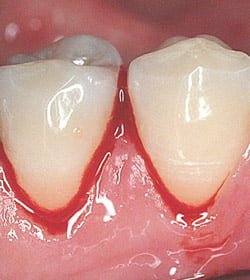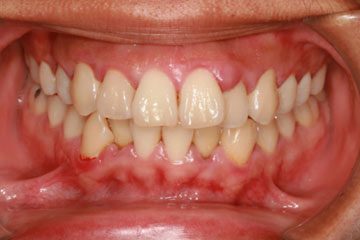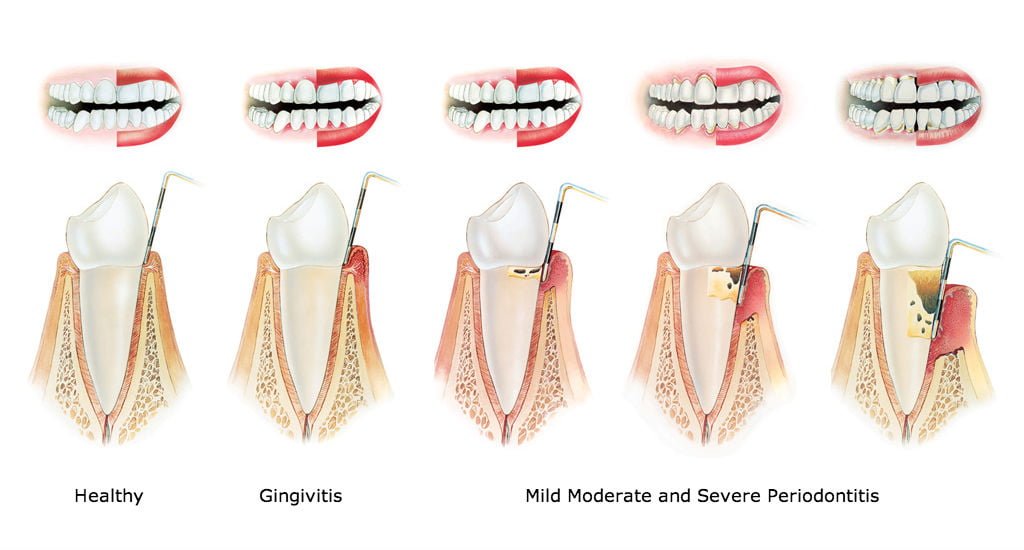

5 Signs of a Gum Problem!
Posted by: Jodie Blades Diploma Level 3 in Dental Nursing
Medically reviewed by: Dr Shan Lam BDS (Bris)
It can often be the case that if you have bad breath – you’re the last to know. Check out our top 5 signs you may have a gum problem.
1) Bleeding gums
Gum disease or gingivitis/periodontitis is caused by presence of plaque (dental bacteria) on your tooth surface. Inflamed gums that bleed are the initial response. In severe cases your gums will bleed just to touch. Do you ever bite a crusty roll and leave a bloody bite mark? Or do you have bleeding on brushing? – Book a gum assessment now if that’s you. It is a common misconception that popping to the chemist for a bottle of Corsodyl will solve the issue. In fact, Corsodyl mouthwash should not be used daily, as it will cause your teeth to develop unsightly brown staining.




2) You smoke
Okay, so this is a broad statement – but with a cautious reason. Smoking masks the early signs of reversible gum disease, such as bleeding, and if left unmonitored your gum health risks deteriorating faster than that of a non-smoker. Smoking makes the immune system in your mouth less effective. The nicotine in the tobacco kills off small capillaries around your body – including the ones that supply your gums.
3) Halitosis (Bad Breath)
Gum disease can be a source of chronic foul breath. Bad breath is often a symptom of poor dental care and it may also pair with
an unpleasant taste in your mouth. It can sometimes be the case that if you are the one with halitosis – you can be the last to know about it. Your dentist or hygienist will give you an honest impartial opinion- if its something you’re worried about. It’s important to rule out a dental cause of this as if not gum disease then there maybe an underlying gastrointestinal issue.




4) Swollen, painful gums
Healthy gums should be a fim pink and have a stippled like appearance- much like the surface of an orange! If your gums are bright red and the skin looks to be tight and swollen then this maybe an inflammatory response to the bacteria that’s associated to gum disease. Swollen gums can often feel painful to touch and can throb while chewing and ache after.
5) You’re ‘long in the tooth’ and some may feel wobbly!
Eventually your gums will get ‘fed up’ of fighting the build up of plaque and bacteria and they will begin to retreat from the cause of inflammation; sometimes silently if not monitored. Resulting in the ligament and bone around your teeth to be eaten away. You may be aware of appearing to have longer teeth than you once had or the gaps between your teeth may getting larger and resemble black triangles. Sadly, after this attachment is lost it can be tricky to replace, as it will not grow back without a surgical procedure. In instances where there has been gum recession from hard brushing it may be possible to surgically repair this. In instances where there is severe recession from gum disease it may also be possible to mask this with a gingival veneer.



Sorry, the comment form is closed at this time.